Transporting goods safely and efficiently is the backbone of the logistics and transportation industry. At CarMax Vehicle, we understand that securing loads on trucks is not merely a procedural task but a critical component that ensures the integrity of goods, the safety of drivers, and compliance with regulatory standards. This comprehensive guide delves into the multifaceted aspects of load securing, offering insights, best practices, and solutions tailored to meet the diverse needs of the industry.
Understanding Load Securing: Fundamentals and Legal Implications
Securing loads on trucks involves the strategic placement and fastening of cargo to prevent movement during transit. This practice is essential to mitigate risks such as cargo shift, spillage, or accidents caused by unsecured loads.
Legal Requirements and Standards
Compliance with legal standards is paramount. The Federal Motor Carrier Safety Administration (FMCSA) in the United States, for example, mandates strict guidelines for load securing, encompassing the use of appropriate restraints, distribution of weight, and regular inspections. Non-compliance can result in hefty fines, legal liabilities, and increased accident risks.
| Regulatory Body | Key Standards |
|---|---|
| FMCSA | Vehicle standards, restraint usage, weight distribution |
| European Union (EU) | European Agreement Concerning the Work of Crews |
| International Maritime Organization (IMO) | International Convention for Safe Containers (CSC) |
Understanding and adhering to these regulations ensures not only legal compliance but also enhances overall transportation safety.
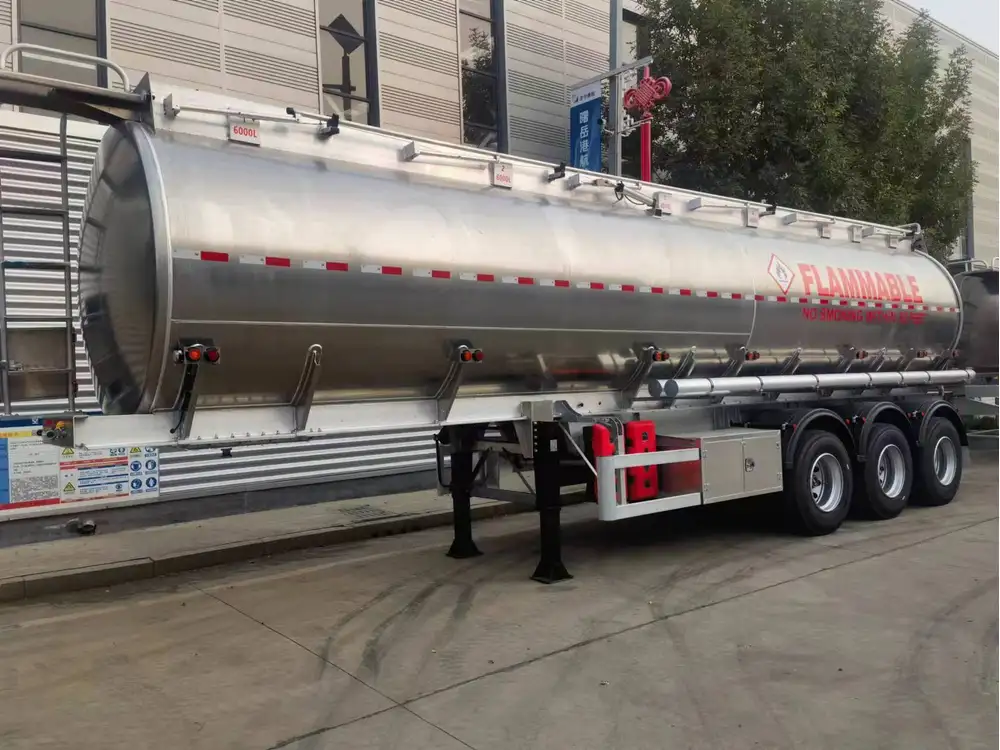
Types of Loads and Appropriate Securing Methods
Different types of cargo require distinct securing techniques. Recognizing the nature of the load is the first step in selecting the most effective securing method.
Categorizing Loads
- Heavy Loads: Items such as machinery, construction materials, and vehicles.
- Bulk Loads: Commodities like grains, liquids, and powders.
- Palletized Loads: Standardized goods stacked on pallets.
- Irregular or Over-Dimensional Loads: Large or oddly shaped items that exceed standard dimensions.
Securing Techniques by Load Type
| Load Type | Securing Method | Key Considerations |
|---|---|---|
| Heavy Loads | Chain binders, heavy-duty straps | Ensure even weight distribution and anchor points |
| Bulk Loads | Tarping, containment systems | Prevent spillage and exposure |
| Palletized Loads | Ratchet straps, corner protectors | Stabilize stack and secure to trailer surface |
| Irregular Loads | Custom restraints, modular tie-down systems | Tailored solutions for unique shapes and sizes |
Choosing the correct method ensures that the load remains stable, reducing the risk of movement that could lead to accidents or damage.
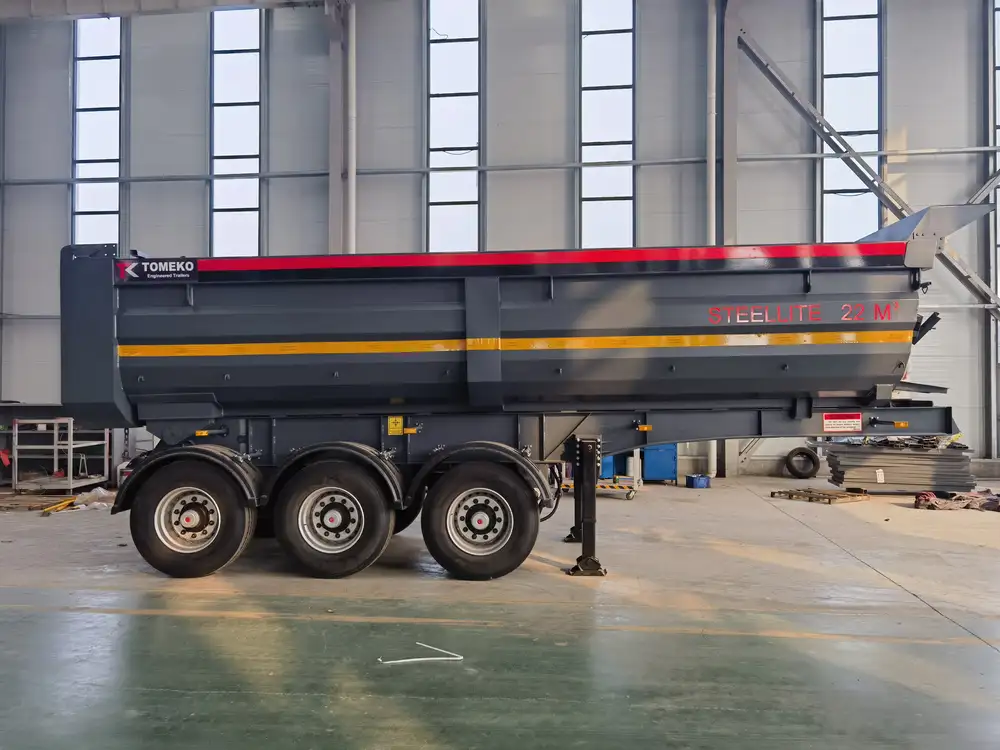
Essential Equipment for Securing Loads
Equipping your fleet with the right tools is crucial for effective load securing. CarMax Vehicle offers a range of high-quality restraints designed to meet various securing needs.
Key Securing Equipment
- Ratchet Straps: Versatile and strong, ideal for most load types.
- Chain Bindings: Suitable for heavy and oversized loads.
- Bungee Cords: Best for lightweight or non-critical securing tasks.
- Load Locks and Tarps: Essential for protecting cargo from the elements.
- Anchor Points: Fixed or adjustable points on trailers for attaching restraints.
Equipment Comparison
| Equipment | Strength | Flexibility | Best For |
|---|---|---|---|
| Ratchet Straps | High | High | General-purpose securing |
| Chain Bindings | Very High | Low | Extremely heavy or oversized loads |
| Bungee Cords | Low | High | Temporary or lightweight securing |
| Load Locks | Medium | Medium | Enhancing trailer security |
| Tarps | N/A | N/A | Protecting cargo from weather |
Selecting the appropriate equipment based on load type and weight ensures maximum efficiency and safety during transportation.

Best Practices for Load Securing on Trucks
Adhering to best practices elevates the effectiveness of load securing, safeguarding both the cargo and the road users.
Strategic Planning and Execution
- Assessment: Evaluate the load’s weight, dimensions, and nature.
- Planning: Determine the optimal placement on the trailer to maintain balance.
- Restraint Selection: Choose appropriate securing devices based on load assessment.
- Securement Process: Ensure all restraints are taut and properly anchored.
- Final Inspection: Conduct a thorough check to confirm all securing measures are in place.
Load Distribution Techniques
Proper load distribution minimizes trailer sway and enhances stability.
- Center of Gravity: Position heavier items towards the trailer’s center and lower sections.
- Even Weight Spread: Balance weight evenly across the trailer to prevent overloading specific axles.
- Lengthwise Placement: Arrange cargo in a way that preserves the vehicle’s balance and handling.
Implementing these techniques significantly reduces the likelihood of accidents caused by imbalanced or shifting loads.

Common Mistakes in Load Securing and How to Avoid Them
Even with the best intentions, certain mistakes can compromise load security. Awareness and prevention are key to maintaining safety standards.
Frequent Errors
- Insufficient Restraints: Using too few ties or straps, leading to potential movement.
- Improper Ratcheting: Not tightening straps adequately, allowing slack that can cause shifting.
- Overloading: Exceeding weight limits, which stresses restraints and trailer structures.
- Neglecting Inspection: Failing to regularly check restraints and anchor points for wear or damage.
- Incorrect Anchor Point Usage: Attaching restraints to unsecured or weak points on the trailer.
Prevention Strategies
- Training: Ensure all personnel are trained in proper load securing techniques.
- Regular Inspections: Implement routine checks of all securing equipment and trailer integrity.
- Quality Equipment: Invest in high-grade restraints that comply with industry standards.
- Clear Documentation: Maintain records of load securing procedures and inspections for accountability.
By addressing these common mistakes proactively, companies can enhance their load securing efficacy and overall transportation safety.
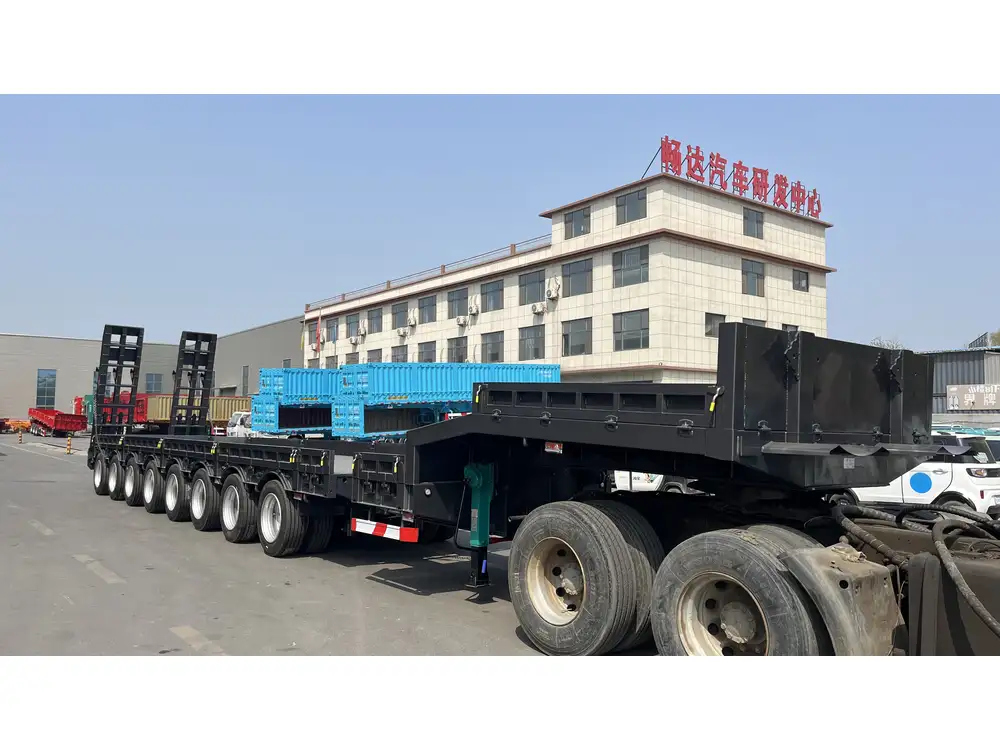
Innovations in Load Securing Technology
The evolution of load securing technology has introduced advanced solutions that streamline the securing process and enhance safety.
Technological Advancements
- Automatic Load Restraint Systems: Utilize sensors and automated mechanisms to secure loads without manual intervention.
- Smart Restraints: Integrated with IoT devices to monitor tension and provide real-time feedback to drivers.
- Load Monitoring Systems: Track load movement and alert drivers to potential shifts during transit.
- Advanced Materials: Development of lightweight, high-strength materials that offer better performance and durability.
Benefits of Technological Integration
- Increased Efficiency: Automated systems reduce the time required for securing loads.
- Enhanced Safety: Real-time monitoring minimizes the risk of unnoticed shifts or securing failures.
- Data-Driven Insights: Analytics from smart systems help in optimizing load securing strategies and equipment usage.
Adopting these innovations positions companies at the forefront of load securing efficacy, ensuring superior service and safety standards.
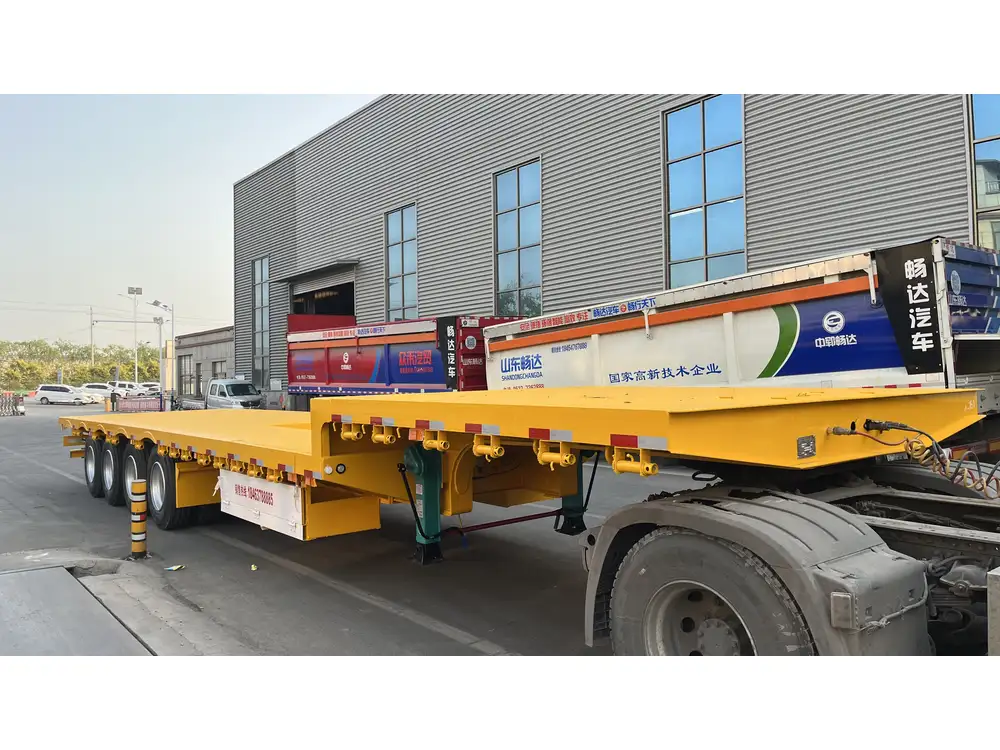
Selecting the Right Trailer from CarMax Trailer for Optimal Load Securing
At CarMax Vehicle, our trailers are engineered to facilitate effective load securing, integrating advanced features that support various securing methods.
Features of CarMax Trailers
- Multiple Anchor Points: Strategically placed to accommodate diverse securing equipment and load types.
- Reinforced Flooring: Ensures durability and resistance to heavy loads, providing a stable surface for securing cargo.
- Adjustable Deck Height: Facilitates easier loading and unloading, enhancing the overall securing process.
- Integrated Load Locks: Enhances security by preventing unauthorized access and load movement.
- Customizable Configurations: Tailored to meet specific industry needs, whether for heavy machinery, bulk commodities, or irregular loads.
Choosing the Right Trailer Model
| Trailer Model | Best Suited For | Key Features |
|---|---|---|
| CarMax Heavy Duty | Extremely heavy and oversized loads | Reinforced flooring, multiple chain binders |
| CarMax Bulk Transporter | Liquid and bulk commodities | Tarp systems, containment barriers |
| CarMax Pallet Carrier | Palletized goods | Ratchet strap integration, corner protectors |
| CarMax Modular Trailer | Versatile and irregular loads | Customizable anchor points, automated restraint systems |
Selecting the appropriate trailer model ensures that the load securing process is seamless, efficient, and compliant with safety standards.

Training and Education for Drivers and Load Handlers
Effective load securing transcends equipment and trailers; it necessitates comprehensive training for all personnel involved.
Training Programs
- Load Assessment Training: Educates staff on evaluating load types and determining suitable securing methods.
- Restraint Usage Workshops: Hands-on sessions on the correct application and adjustment of various restraints.
- Safety Protocols: Instruction on safety standards, emergency procedures, and compliance requirements.
- Inspection Techniques: Training on conducting thorough checks of securing equipment and trailer conditions.
Benefits of Continuous Education
- Enhanced Skill Sets: Equips personnel with the knowledge to handle diverse securing scenarios effectively.
- Reduced Human Error: Minimizes mistakes through informed and confident handling of load securing tasks.
- Increased Compliance: Ensures adherence to evolving regulatory standards, safeguarding the company from potential penalties.
Investing in training and education fosters a culture of safety and proficiency, leading to superior load securing outcomes.

Regulatory Compliance and Inspection Readiness
Maintaining compliance with regulatory standards is an ongoing commitment that ensures operational legitimacy and safety.
Key Compliance Areas
- Restraint System Standards: Adhering to specifications regarding the type and strength of restraints used.
- Load Distribution Laws: Complying with regulations on weight distribution across trailers to prevent overloading.
- Periodic Inspections: Conducting regular internal audits to ensure continuous adherence to safety protocols.
Preparing for Inspections
- Documentation: Keep detailed records of load securing procedures, inspections, and training sessions.
- Equipment Maintenance: Regularly inspect and maintain securing equipment to ensure functionality and reliability.
- Trailer Readiness: Ensure trailers are clean, free from obstructions, and equipped with all necessary securing points.
Being proactive in compliance and inspection readiness not only avoids legal repercussions but also fosters a reputation of reliability and safety within the industry.

Conclusion
Securing loads on trucks is a complex interplay of proper equipment selection, strategic planning, adherence to best practices, and continuous education. At CarMax Vehicle, we are committed to providing comprehensive solutions that address every facet of load securing, ensuring that your transportation operations are safe, efficient, and compliant. By leveraging our expertise and high-quality products, you can elevate your load securing protocols to meet the highest industry standards.
Frequently Asked Questions
1. What are the most effective methods for securing heavy machinery on a flatbed trailer?
For heavy machinery, chain binders or heavy-duty ratchet straps are recommended. Ensuring that chains or straps are properly tensioned and anchored to multiple secure points on the trailer helps distribute the weight evenly and prevents movement during transit.
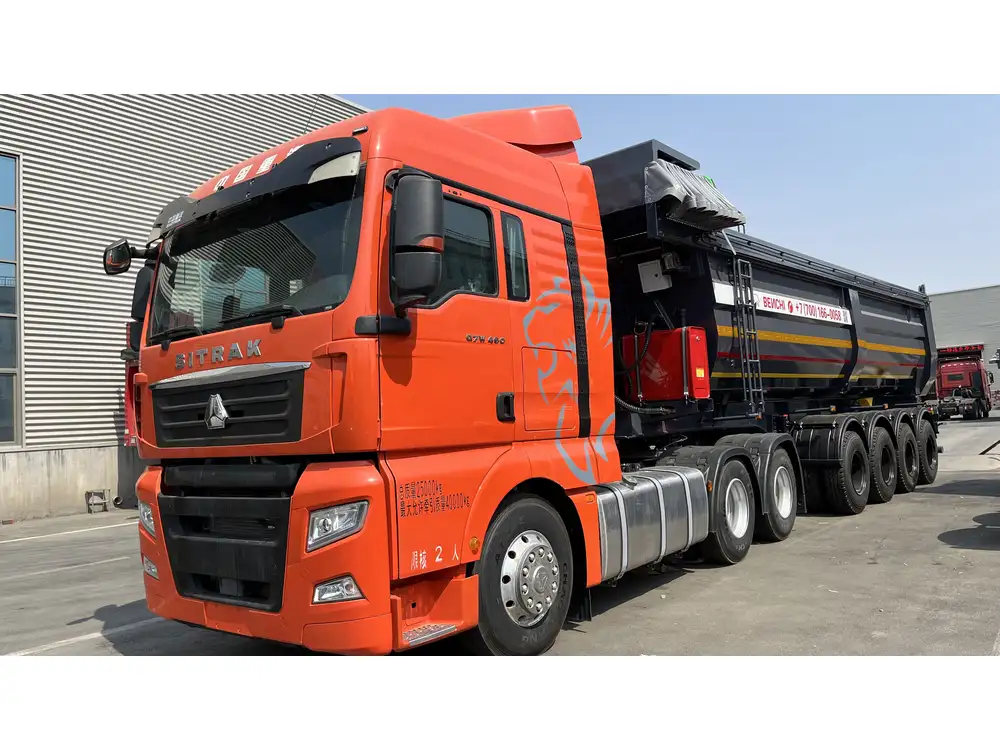
2. How often should load securing equipment be inspected?
Load securing equipment should be inspected before each use. Additionally, periodic thorough inspections should be conducted to check for wear, damage, or any signs of fatigue, ensuring that all restraints are in optimal condition.
3. Can overloading a trailer affect load securing?
Absolutely. Overloading a trailer compromises the integrity of both the trailer and the securing equipment. It increases the stress on restraints, making it more difficult to secure the load effectively and heightening the risk of accidents.
4. What are the consequences of improper load securing?
Improper load securing can lead to cargo shifting or falling off the trailer, resulting in accidents, legal penalties, increased insurance costs, and damage to goods. It also poses significant safety risks to drivers and other road users.

5. How does CarMax Trailer support load securing needs?
CarMax Trailer offers a range of trailer models equipped with multiple anchor points, reinforced flooring, and customizable configurations. Our trailers are designed to accommodate various securing methods, ensuring that your loads are stable, safe, and compliant with industry standards.



